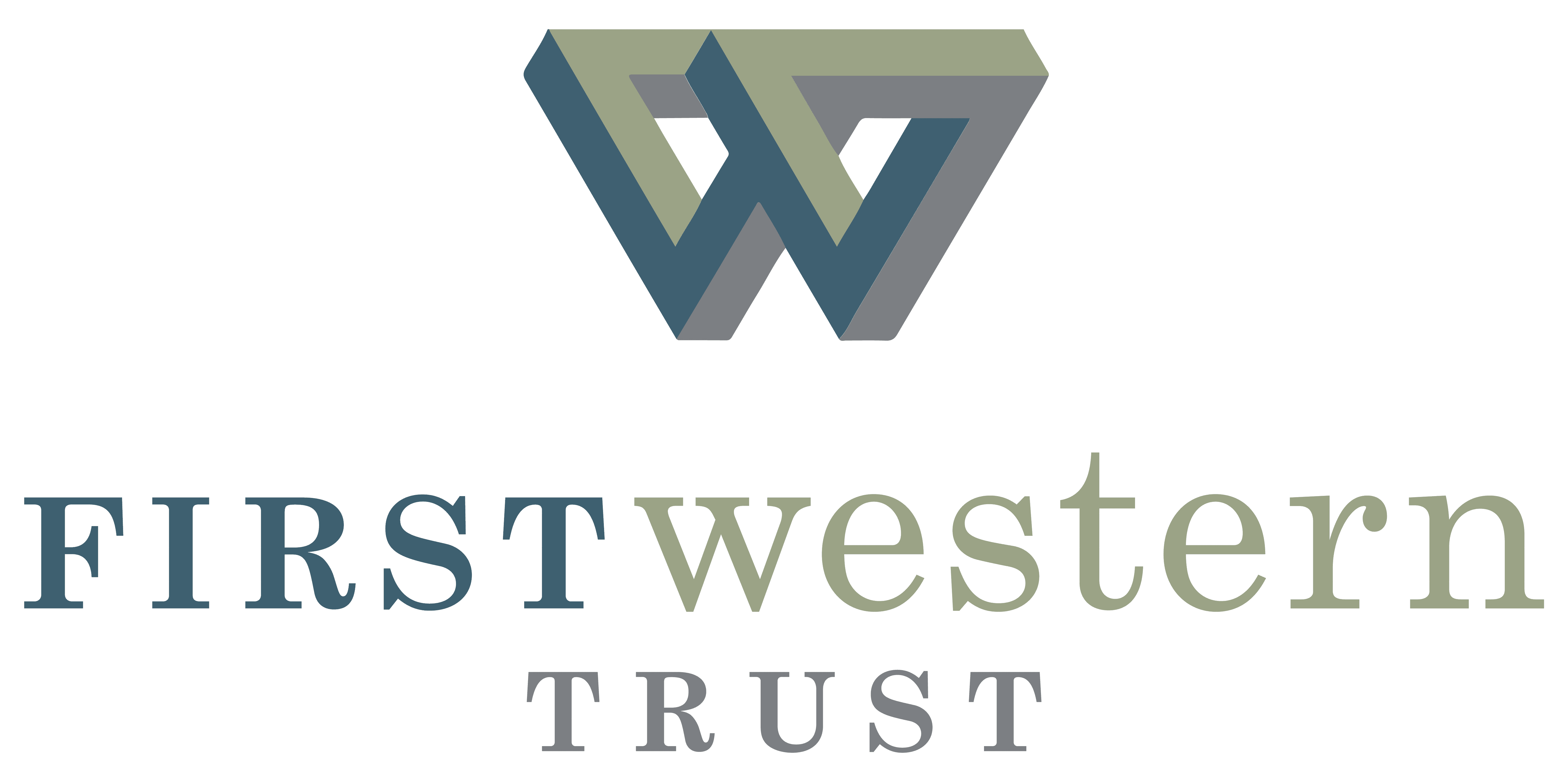
Exploring M&A Financing Options: Finding the Right Fit for Your Business Acquisition
November 6, 2024
Mergers and acquisitions (M&A) are significant milestones in the life of any business. Whether you’re looking to expand your portfolio, acquire new capabilities, or enter a new market, a well-executed acquisition can bring significant benefits. However, one of the key factors to consider in any M&A transaction is how to finance the deal.
At First Western Trust, we work with clients to explore the best financing options for their unique M&A opportunities. In this article, we’ll walk through the most common M&A financing options, their benefits, and how to determine which is best suited to your business goals.
1. Cash on Hand
One of the simplest and most straightforward ways to finance an acquisition is by using cash reserves. If your business has a strong balance sheet with ample liquidity, you can directly fund the acquisition without taking on debt or giving up equity.
Benefits:
- No additional debt: Since you’re not borrowing money, there are no interest payments or repayment obligations.
- Simpler transaction: Cash deals are often faster and less complicated, which can be attractive to sellers.
- Full ownership: You retain full ownership of the acquired company, without diluting your equity.
Considerations:
- Opportunity cost: Using your cash reserves for an acquisition means those funds won’t be available for other investments or working capital needs.
- Cash flow management: Draining your reserves could put pressure on your business’s cash flow, particularly if the acquisition takes longer to generate returns.
2. Debt Financing
Debt financing is one of the most common ways to fund an acquisition. It involves borrowing money from a lender—such as a bank, private lender, or alternative financial institution—and repaying the loan over time with interest. Debt financing can take several forms, each with unique characteristics.
Bank Loans
A traditional bank loan is a popular option for financing M&A deals. Banks will typically lend a percentage of the acquisition cost based on the buyer’s creditworthiness, the acquired company’s cash flow, and the collateral available.
Benefits:
- Lower cost of capital: Bank loans often come with lower interest rates than other forms of debt, particularly if you have a strong credit history.
- Maintaining control: Unlike equity financing, you won’t need to give up any ownership of the business.
Considerations:
- Debt service obligations: Loan repayments can affect your cash flow, especially in the early stages post-acquisition when integration costs might be high.
- Collateral requirements: Many bank loans are secured, meaning you may need to pledge assets as collateral.
Seller Financing
In some cases, the seller may agree to finance part of the deal by allowing you to make payments over time. This is often structured as a promissory note with agreed-upon terms.
Benefits:
- Flexible terms: Seller financing can offer more flexible repayment terms and interest rates compared to traditional loans.
- Increased seller confidence: If the seller is willing to finance a portion of the deal, it may indicate their confidence in the business’s long-term success.
Considerations:
- Smaller financing amount: Seller financing typically covers only a portion of the acquisition cost, so you may need additional sources of financing.
- Limited leverage: Relying solely on seller financing may not provide the full capital needed for larger acquisitions.
3. Equity Financing
Equity financing involves raising capital by selling shares of your company. This can be an attractive option for businesses that prefer not to take on debt, but it comes with trade-offs, particularly around ownership and control.
Private Equity
Private equity firms specialize in providing capital for acquisitions. In exchange, they typically take an ownership stake in the company, participate in management decisions, and seek a return on investment over a set period.
Benefits:
- Access to capital: Private equity can provide large sums of capital, enabling bigger deals than you could achieve with debt alone.
- Strategic partnerships: Many private equity firms bring valuable industry expertise and operational support to the table, helping the acquired business succeed post-transaction.
Considerations:
- Loss of control: By giving up equity, you may also be giving up some control over decision-making in your company.
- Exit timelines: Private equity firms typically seek to exit their investments within 3-7 years, so it’s important to ensure that your goals align.
Venture Capital
If the acquisition involves a company in an emerging or high-growth industry, venture capital (VC) funding might be a viable option. Like private equity, VC firms will take an ownership stake in exchange for providing capital, but they typically invest in earlier-stage companies with high growth potential.
Benefits:
- Growth-focused capital: VC funding is often geared toward businesses with aggressive growth strategies.
- Industry expertise: Many VC firms specialize in specific sectors, offering valuable industry insights.
Considerations:
- Dilution of ownership: As with private equity, you’ll be giving up equity and possibly decision-making power.
- High growth expectations: VC investors are often looking for rapid growth and significant returns, which may create pressure on business operations.
4. Mezzanine Financing
Mezzanine financing is a hybrid of debt and equity. It typically involves taking on debt that converts into equity if the borrower defaults. This option provides flexibility because it offers higher leverage than traditional loans while minimizing equity dilution.
Benefits:
- Flexible terms: Mezzanine financing is generally more flexible than traditional loans, with less stringent collateral requirements.
- Access to capital: Mezzanine financing can provide substantial capital without giving up significant ownership upfront.
Considerations:
- Higher cost of capital: Mezzanine financing comes with higher interest rates than traditional bank loans because of the added risk for lenders.
- Complexity: The hybrid nature of this option can make the terms and repayment structure more complex than other forms of financing.
Which Option Is Right for You?
The best M&A financing option depends on several factors, including the size of the deal, your company’s financial position, the industry in which you operate, and your long-term business goals. In many cases, a combination of these options—such as using both debt and equity financing—can provide the optimal structure.
At First Western Trust, our team of experts is here to help you assess your options, understand the trade-offs, and structure a deal that aligns with your strategic objectives. Whether you’re looking to finance an acquisition or considering selling your business, we’ll guide you through the process to ensure the best possible outcome.
Wealth Management, Estate Planning, and Investment services offered through First Western Trust Bank, Member FDIC; Investment Services are not a deposit, not guaranteed by the Bank, May Lose Value













